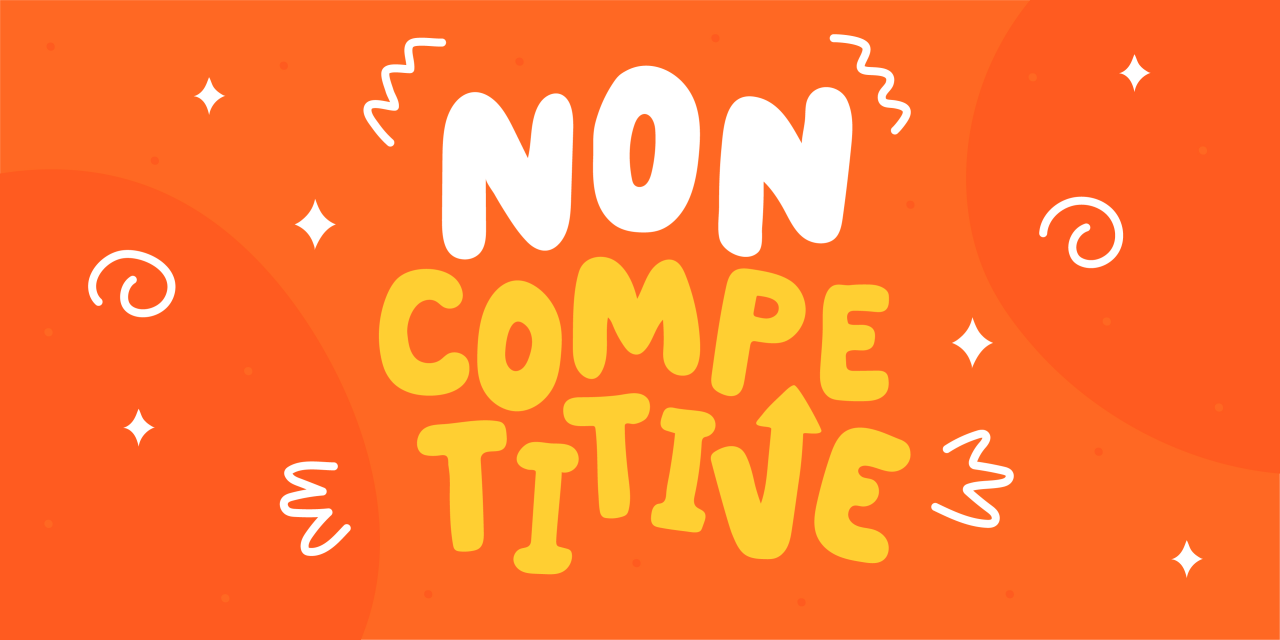
Designing Wellness Challenges for Non-Competitive Employees
Introduction
Wellness challenges can be a great way to motivate employees to take care of their physical and mental health, but not all employees are motivated by competition. For non-competitive employees, traditional wellness challenges may not be the best fit. However, there are ways to design wellness challenges that will appeal to these employees and still help them achieve their health and wellness goals.
Table of Contents
Understanding the Difference Between Competitive and Non-competitive Employees
First, it is important to understand the difference between competitive and non-competitive employees. Competitive employees are driven by the desire to win and often thrive in environments where they can compete against others. Non-competitive employees, on the other hand, are not motivated by competition and may feel uncomfortable or stressed in competitive situations.
Personal Progress and Self-improvement
When designing wellness challenges for non-competitive employees, it is important to keep in mind that these employees may not respond well to traditional competition-based challenges. Instead, focus on creating challenges that are based on personal progress and self-improvement. This can be done by setting individual goals for employees, rather than having them compete against each other. For example, a company might set a challenge for employees to walk a certain number of steps or miles in a week and reward them for achieving that goal. This way, the employees can focus on their own progress and feel a sense of accomplishment without feeling the pressure of competition.

Group Challenges
Another way to design wellness challenges for non-competitive employees is to focus on group challenges. This can be done by creating teams of employees and encouraging them to work together to achieve a common goal. For example, a company might create a team challenge where employees work together to collectively walk a certain number of steps or miles in a week. This type of challenge allows non-competitive employees to feel like they are part of a team and can still achieve success without feeling competitive pressure. According to a study by the Journal of Occupational Health Psychology, "Collaborative goals can improve motivation and outcomes by creating a sense of shared purpose, supporting social identification and providing social support."
Fun and Engagement
Another way to design wellness challenges for non-competitive employees is to make them fun and engaging. This can be done by incorporating elements of gamification, such as using points, badges, or leaderboards to track progress. By making fun of the challenge and engaging, non-competitive employees may be more likely to participate and stay motivated. For example, a company might create a virtual scavenger hunt where employees can earn points for completing different health and wellness tasks, such as taking a yoga class or going for a walk.

Individuality
It is also important to remember that not all non-competitive employees are the same, and it is important to find out what will work best for each individual employee. This can be done by asking employees what types of challenges they would be interested in and what would motivate them to participate. For example, some non-competitive employees may be motivated by the opportunity to learn new skills or try new activities, while others may be motivated by the chance to help others or give back to the community. A company might create a challenge where employees can earn points for volunteering at a local charity or participating in a community service project.
Communication and Support
Finally, it is important to communicate the purpose of the wellness challenge clearly to employees and provide them with the resources and support they need to succeed. This can be done by providing employees with information on healthy living, such as tips for healthy eating or exercises they can do at home. Additionally, companies can provide employees with access to resources such as fitness classes or gym memberships to help them achieve their goals.
In conclusion, designing wellness challenges for non-competitive employees requires a different approach than traditional competition-based challenges. By focusing on personal progress, group challenges, fun engagement, and individuality, companies can create -based challenges. By focusing on personal progress, group challenges, and fun engagement, companies can create wellness challenges that will appeal to non-competitive employees and help them achieve their health and wellness goals.

Flexibility and Inclusivity
Additionally, it is important for companies to recognize that non-competitive employees may also have different learning styles and preferences. Some may prefer self-paced learning, while others may prefer group learning or interactive sessions. Therefore, it's crucial to provide multiple options and be flexible when it comes to the format of wellness challenges. For instance, providing a virtual wellness challenge option alongside in-person challenges can cater to employees who may not be comfortable participating in person.
Another important aspect to keep in mind when designing wellness challenges for non-competitive employees is to make sure the challenges are inclusive and cater to the diverse needs of the employees. This includes providing accommodations for employees with disabilities and being mindful of cultural and language differences.
Conclusion
In conclusion, designing wellness challenges for non-competitive employees requires a holistic approach that considers the unique needs and preferences of each employee. By focusing on personal progress, group challenges, fun engagement, flexibility, and inclusivity, companies can create wellness challenges that will appeal to non-competitive employees and help them achieve their health and wellness goals.
